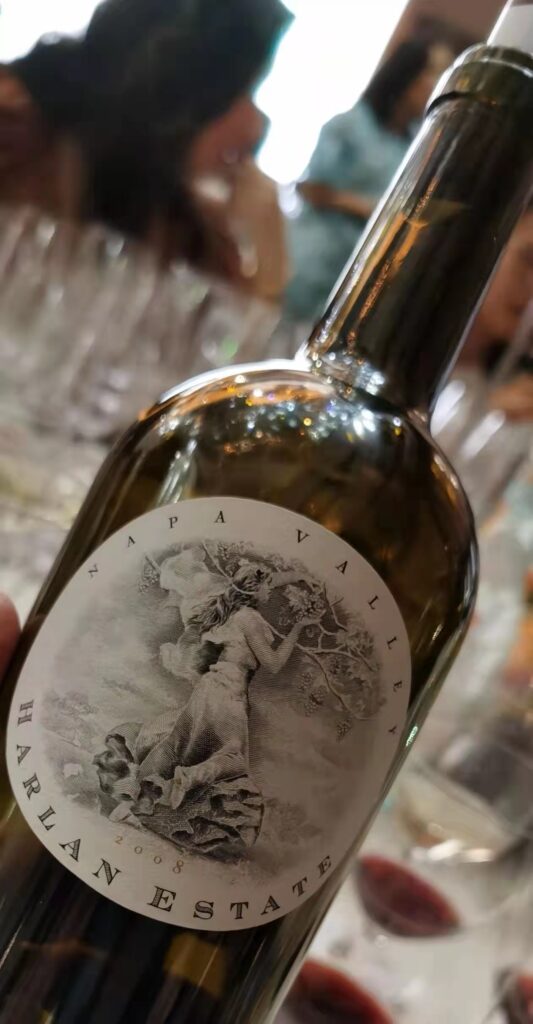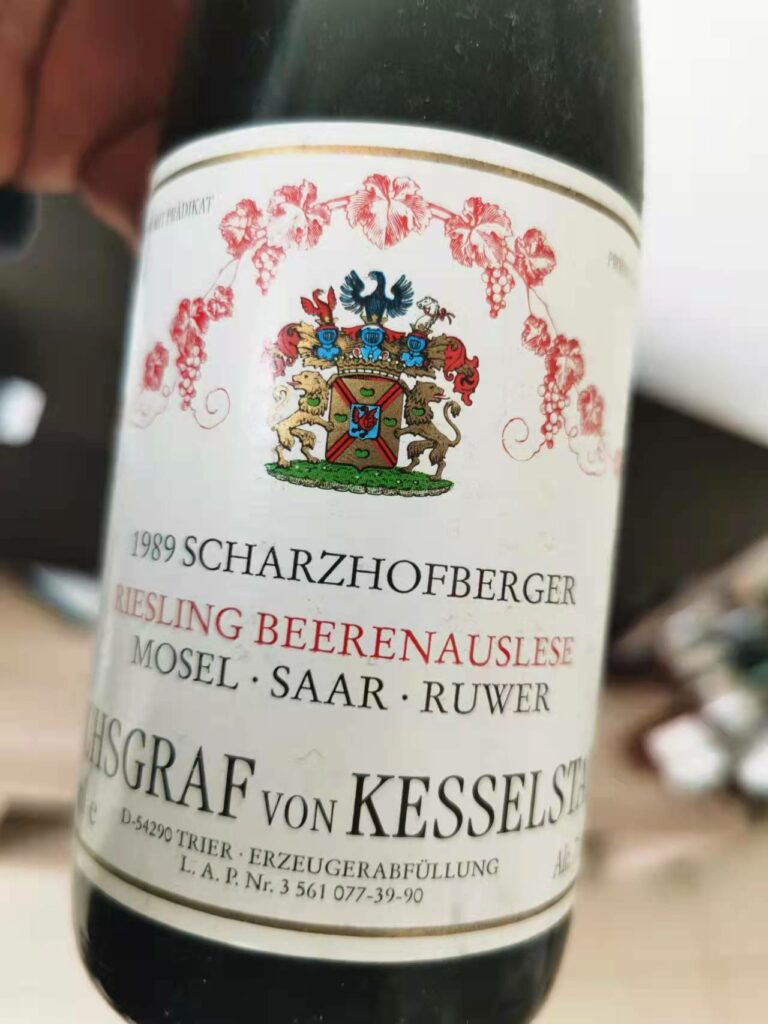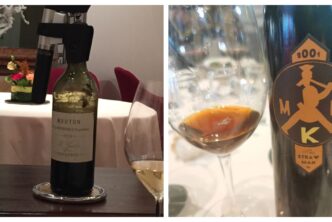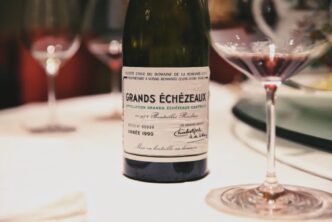2008 Harlan Estate Napa Valley Bordeaux Blend 97

One of the world’s most iconic red wines, the 2008 Harlan throws a welcome curve ball at you. Good full ruby-red colour. The captivating nose showcases extremely pure aromas of blackcurrants and violet still dominate the nose, just as they did when I first tasted this beauty back in 2011, but now, eleven years after that primera ves and fourteen following the vintage, tertiary nuances of tobacco-leaf and earthtones are starting to emerge. Then bright, lively and mineral-driven in the mouth, with an utterly pure core of blue and black fruit flavours complicated by notes of mocha and cedar; strikes me as much more floral and less superripe than some other vintages of Harlan. The noble tannins leave a suave mouthfeel behind on the long, rising and very fresh finish. This is about as far removed from the stereotypical image (but oftentimes well-deserved, despite all the high scores and the hype) of superripe, jammy, low acid California Cabs and blends you may live in fear of, but make no mistake here, this is just a pure joy to drink. If wines could be beautiful, then the 2008 Harlan Estate Napa Valley Bordeaux Blend certainly is. Founded in 1984, with vineyards in the western hills of the Oakville territory of Napa Valley (the estate’s original vines were first planted by David Abreu), an area featuring a large geological and topographical diversity, Harlan’s wines have deservedly become true cult items and sought after by collectors all over the world (I wish to point out that the estate’s “second wine”, The Maiden, is also an exceptional wine, and more or less a steal given the prices fetched by the estate’s grand vin described here). Drinking window: now-2038.
1989 Reichsgraf von Kesselstatt Scharzhofberger Riesling Beerenauslese Mosel 95

There aren’t too many more famous names in German wine estates circles than that of Reichsgraf von Kesselstatt, and when you taste a wine like this one it’s easy to understand why. Going on now on 673 years and counting (the estate was born in 1349, when their vineyard purchase was documented), von Kesselstatt has made many great wines over the years. This is partly due to unequivocable producer talent, but also an extremely long lineup of top-quality vineyard sites (not just the Scharzhofberger, but also the Goldtropfchen of Piesport, for example) from which to make wine. The 1989 Reichsgraf von Kesselstatt Scharzhofberger Riesling Beerenauslese Mosel is a jewel. Fairly deep golden-yellow in colour, but not amber, this pours thick and slowly but not as slowly as honey or motor oil. Knockout crystallized peach, lemon verbena, raisin, acacia honey, guava and faded white flower aromas explode from the glass, with a very strong component of marmelady botrytis adding further interest. Then multilayered and compellingly suave, with intensely sweet but lifted tropical and orchard fruit flavours of noteworthy inner-mouth perfume that coat the mouth on a seemingly endless, delicately smoky finish. For all its sweetness, this is not a super-concentarted, thick behemoth, but rather stays light and lively from start to finish (of the bottle, never mind your glass) drawing you in to fill up glass after glass (and hence finishing the bottle up in no time at all). Nothing to say really, it’s just an utterly delicious wine from an excellent vintage that I’d drink up now for maximum enjoyment, though it will keep in a good cellar for many more years. In 1978, the Reichsgrafen (imperial counts) of Kesselstatt sold the estate to Günther Reh and family, but so far so good. Winemaking involves the use of natural yeasts and spontaneous fermentation in stainless steel tanks, and aging on the lees but without losing Mosel Riesling’s pristine fruit and lacy minerality and freshness. In other words, without turning these unique Riesling wines into something that would make a herd of cows happy (by that I mean wines that are way too herbal and dry: and needlessly so, I may add). The von Kesselstatt estate’s wines remain one of my go to choices from the Mosel to this day; and that should be the same for you as well by the way, as you won’t be disappointed. Drinking window: now-2035 (for maximum enjoyment and optimal drinking phase, but this will last much longer, in a good cellar).

 English
English

